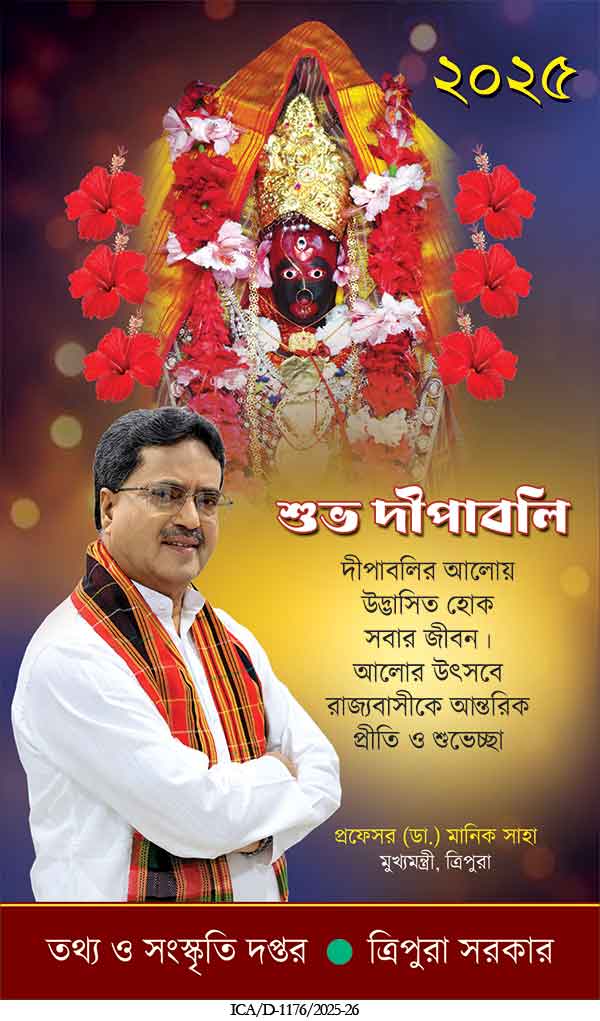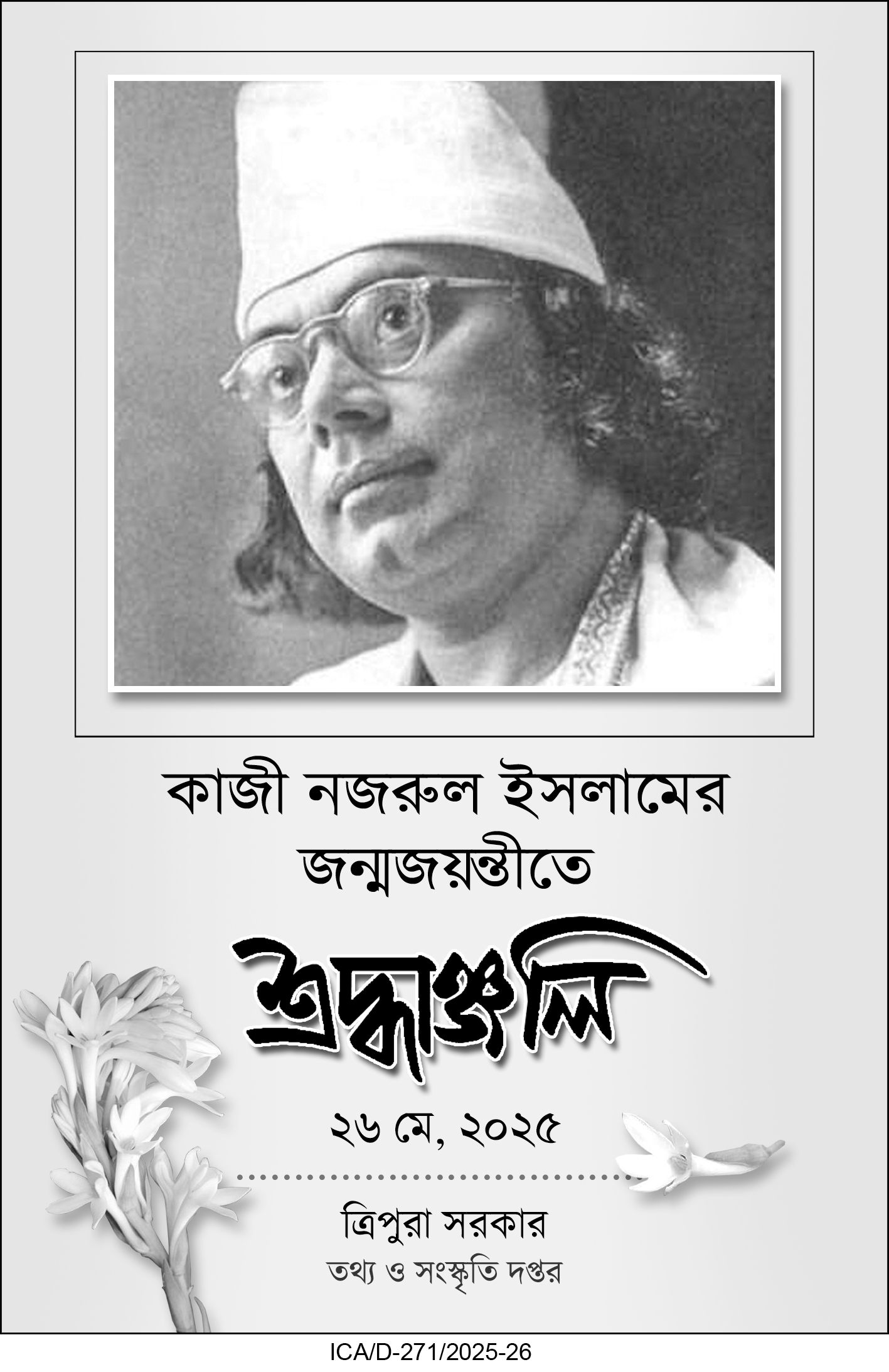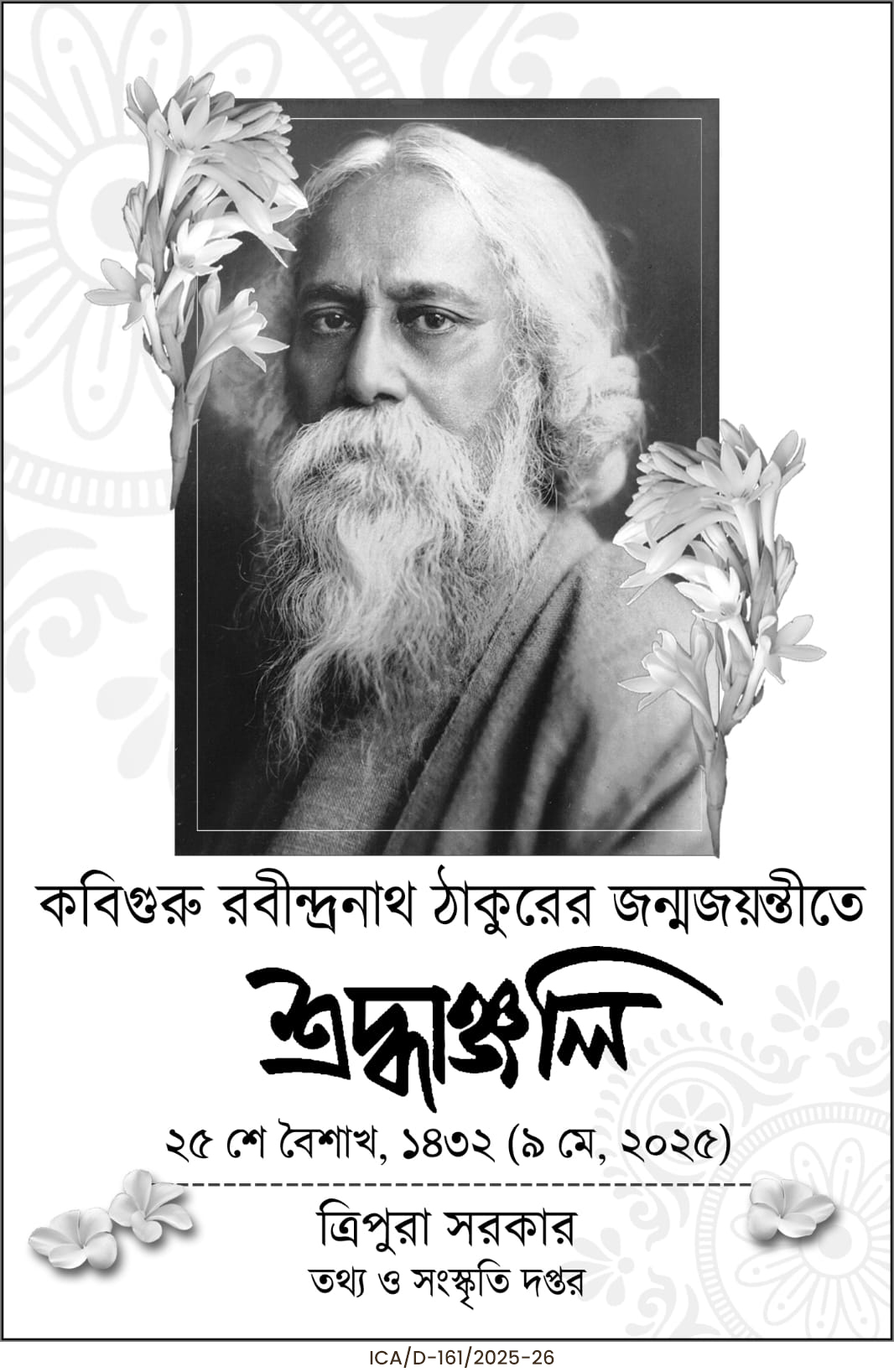Tripura CM Manik Saha announces reconstruction of the historic Jackson Gate in Agartala, demolished during Left rule. The revival aims to restore Tripura’s royal heritage while countering political narratives and strengthening cultural identity across tribal and urban regions.
Tripura’s lost architectural heritage, Chief Minister Dr. Manik Saha on Tuesday announced that his government has decided to reconstruct the iconic Jackson Gate, a royal-era structure in Agartala that was demolished during the Left Front regime. The decision, he said, reflects the state’s commitment to restoring cultural landmarks that represent the legacy and identity of Tripura’s princely past.
The Jackson Gate, originally built in 1927, commemorated the visit of Sir Francis Stanley Jackson, then Governor of Bengal. His arrival in Agartala was marked as part of the coronation festivities of Maharaja Bir Bikram Kishore Manikya, regarded as one of the most visionary rulers in Tripura’s history. Maharaja Bir Bikram is widely credited with reshaping Agartala into a modern capital, embracing urban planning practices inspired by global architectural developments of his time.
According to historical accounts, the Jackson Gate stood as a symbolic and ceremonial entry point reflecting both royal grandeur and early modern urban design. Its demolition during the CPI(M) rule, specifically under former Chief Minister Nripen Chakraborty, remains a contentious issue in Tripura’s political discourse. Critics allege that the gate’s demolition was not merely an infrastructural decision for road widening but part of a larger ideological approach that downplayed or erased signs of the princely era.
Addressing a party joining programme at Takarjala, a stronghold of BJP ally Tipra Motha Party, Dr. Saha sharply criticised past governments.
“The previous governments worked overtime to destroy the history of the royal era. They demolished the Jackson Gate in Agartala city. I have directed officials to rebuild the Jackson Gate exactly as it looked earlier,” he said.
Dr. Saha emphasised that the reconstructed gate would not be a modern reinterpretation but an authentic replication, matching its original design, proportion, and aesthetics. Officials from the cultural and urban development departments are expected to collaborate with historians, architects, and archival experts to ensure historical accuracy.
Veteran journalist Sekhar Datta offered a contextual explanation for the earlier demolition, saying that the CPI(M)’s ideological framework viewed the princely period as a feudal structure that did not represent the will of the people. “The Left projected elected governments as the true expression of public aspirations,” he noted, suggesting that royal symbols were often seen as inconsistent with the party’s class-based political narrative.
The chief minister also used the platform to counter growing allegations that the state government had been undermining the Tripura Tribal Areas Autonomous District Council (TTAADC), which is governed by Tipra Motha Party.
He clarified that development expenditure in tribal regions had not only been sustained but increased.
“In the previous financial year, 39 per cent of the state’s development budget, pegged at more than Rs 6,000 crore, was spent in TTAADC areas. In the current fiscal, around 40 per cent of the development budget is being spent for tribal areas. Besides, all major externally aided projects are largely focused on tribal-dominated regions,” Dr. Saha said.
Political observers believe that the decision to reconstruct Jackson Gate carries significance beyond heritage conservation. It underscores the BJP-led government’s broader narrative of reconnecting Tripura with its cultural, historical, and royal roots—an identity often highlighted by parties seeking to consolidate support among both urban residents and indigenous communities.
Experts argue that restoring such monuments may also enhance tourism potential and strengthen Tripura’s cultural branding. Heritage structures, especially from the royal era, serve as tangible reminders of the state’s architectural evolution and its unique blend of indigenous, colonial, and royal influences.
For many citizens, the reconstruction of Jackson Gate represents more than a physical rebuilding—it’s a symbolic restoration of history. The gate, once re-erected, is expected to stand as a testament to Tripura’s enduring legacy, bridging its royal past with contemporary aspirations.
| Also Read: Jackson Gate and the Story of an Untamed Firebrand |
Dr. Saha concluded by reiterating his government’s commitment to revitalising historical assets. “The reconstruction of Jackson Gate will restore a significant chapter of Tripura’s architectural and royal heritage,” he said.





